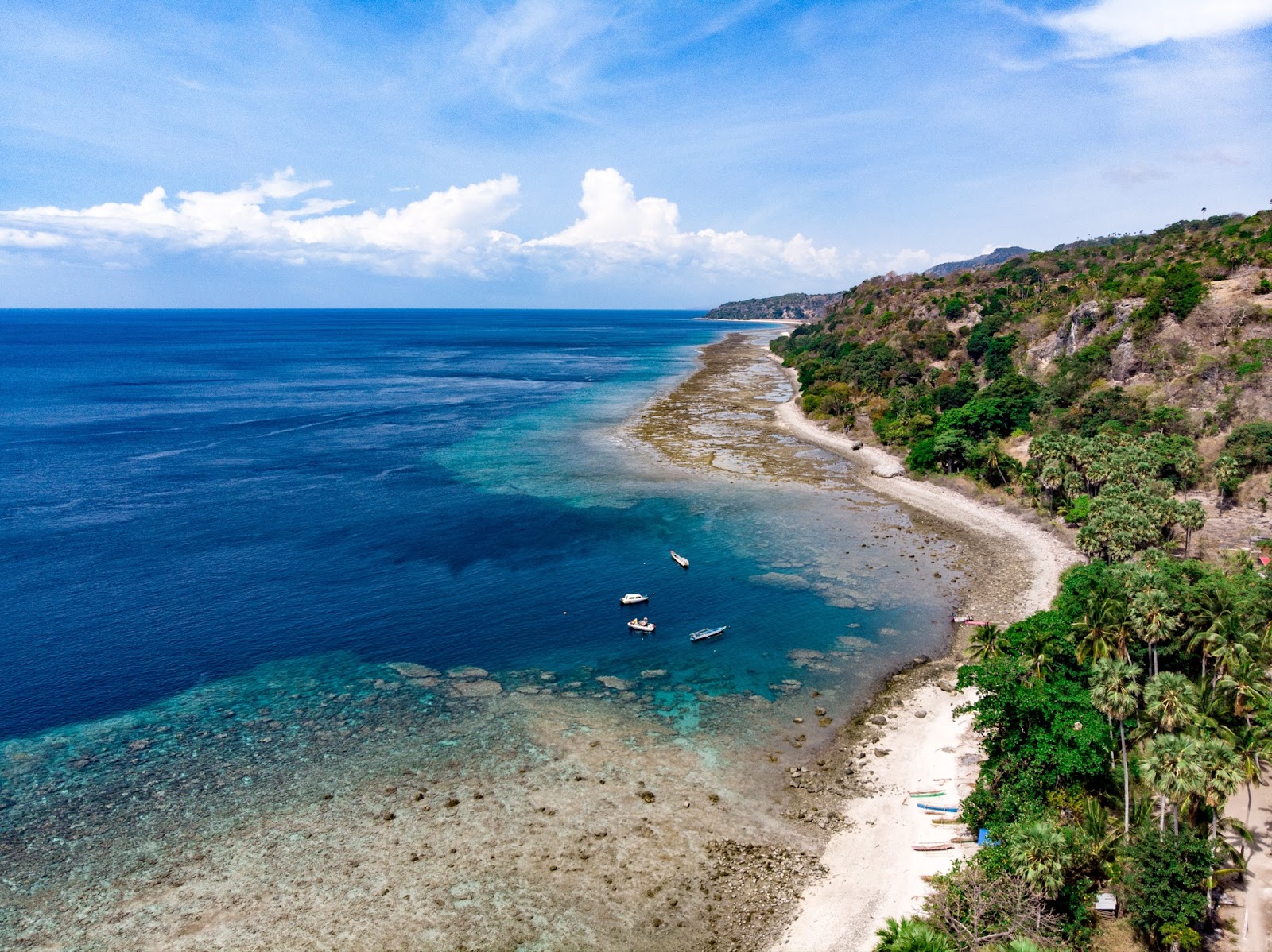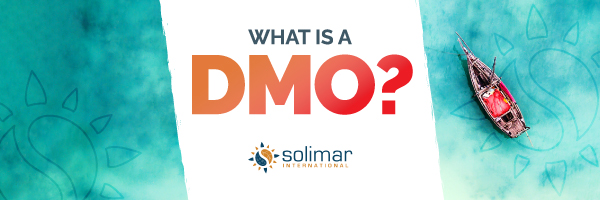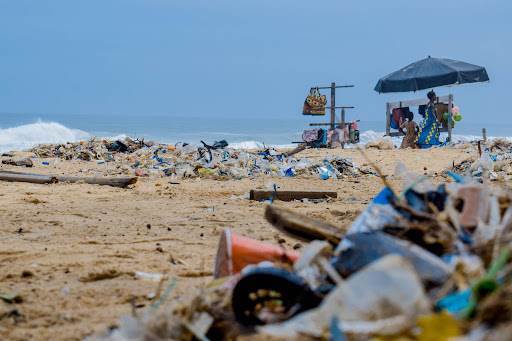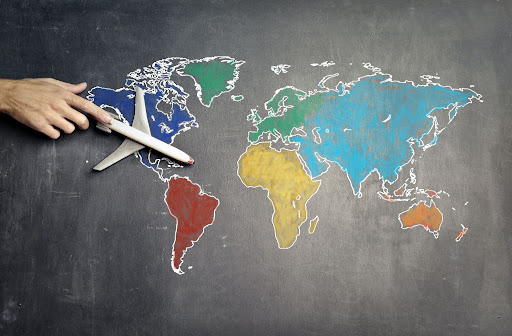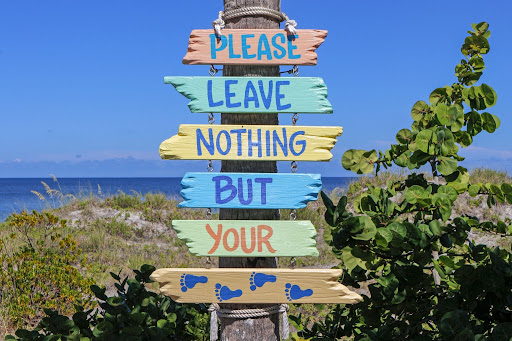The tourism industry looked very different merely 10 years ago. At that time, widespread internet usage had already wildly changed the landscape of the industry, increasing customer autonomy from the days of travel agency appointments and packages. But the explosion of social media platforms between 2006 and 2010 connected individuals around the world like never before, paving the way for another industry upheaval under social media marketing. Read on to learn the history of how social media changed the tourism industry.
The tourism industry before social media
Let’s rewind to 2004. TV, print, and radio advertisements prevailed as travelers and companies were still adapting to the nascent digital world. Airlines didn’t begin selling tickets online until 1994, and hotels followed a year later. Kayak–self-proclaimed pioneers of metasearch for travel–hit the stage in 2004, making it easier than ever for regular people to compare the growing number of internet sources on travel experiences and prices. These revolutionary tools meant that the industry would be forever changed for both tourists and destinations.
The Travel Cycle
A typical “travel cycle” had always looked something like this:
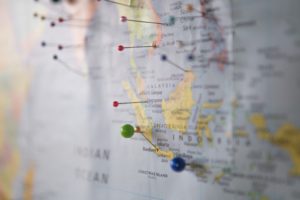
- Potential tourists become aware of a destination.
- They decide to go on the trip, making their payments to tourism businesses to book flights, hotels, and activities.
- They go on the trip and experience all the things they have heard about.
- They form their own opinions on the destination and share them with close friends and family (i.e. other potential tourists), causing the cycle to repeat.
As more people gained access to computers and populated the web with tourism content, a new step emerged: between hearing about a place and deciding to go there, people started doing their own online research. It thus became necessary for tourism businesses and destinations to develop a web presence to ensure they were findable and bookable.
The rise of the internet also led to a change in the tourism feedback loop. Previously, hotels and airlines solicited reviews through phone interviews and comment cards, which had low response rates. TripAdvisor revolutionized the industry in 2001 by making a public online platform for customer reviews. This feature impacted how travelers shared their trip and, subsequently, how they influenced other customers. Having customer relations on display made it even more important for tourism industry businesses to engage positively with customers.
Tourism marketing in the age of social media
Facebook was born in 2004 and had 50 million users by October 2006. By 2010, Twitter, Instagram, and YouTube were also popular, and the rise of smartphones encouraged people to share their lives in real time. Marketers quickly realized the value of these massive audiences, which have grown to billions today.
Given the social purpose of these platforms, most users share the highlights of their lives–and traveling is a major highlight. Today, travel is the most engaging industry on Instagram, and 43% of millennials say they won’t even go on a trip if they can’t post about it.
User-Generated Content (UGC)
UGC is the content that regular people (not businesses) post about a business or destination. This type of content has been revolutionary for travel marketers. In the past, destinations had to set aside a large portion of their budget to push out different types of media, hoping it would reach an eager traveler. Even when internet sources became widely available, people had to intentionally search for tourism content. That’s where social media changed the tourism industry. Now, customers organically share their best vacation photos, putting destinations, hotels, and restaurants on their Friends’ and Followers’ radars. Developments like location tags have expanded the utility of social platforms from travel inspiration to travel planning resources. Today, 85% of millennials use social media to plan their trips.
Free Marketing Channels
Destinations and businesses don’t have to wait for users to post about them–they can (should) also create their own account. This free in-house marketing allows destinations to create a unique brand persona by publicly engaging with previous and potential customers. By posting authentic content, a destination can make their brand visible to billions of people around the world–a wider reach than any other type of media advertisement. These metrics make social media bios a great place to cross-market and insert links to drive traffic to the destination’s booking website or other social platforms.
Another perk is the free analytics the platforms provide. With these, a destination’s social media manager can analyze which posts did well, with what audiences, and at what time in order to learn more about how to engage their target demographic.

Advertisements
Destinations can also pay for social media advertisements. Facebook first introduced paid advertisements in 2006. Nearly every social media platform thereafter has followed suit, designing advertisements to look as close to a normal post as possible. These advertisements encourage user interest and engagement, as they portray more authenticity than the big pop-up ads that break up content on other web-resources like blogs and search engines.
Most importantly, paid advertisements can get content in front of specific target audiences. Social platforms have access to some of the most telling details about users’ interests, buying habits, community, and demographics, and can use this information to increase traffic to a business page.
Influencer Marketing
A more recent way social media changed the tourism industry is with influencer marketing. Destinations or businesses pay “influencers,” people with a large social media following, to post content about their place, product, or service. The influencer’s audience already trusts them, so hiring influencers whose content aligns with the destination’s brand values makes the brand all the more likely to gain traction with that audience. On platforms like TikTok, relatively small influencers with around ten thousand followers see higher engagement and can help smaller marketing campaigns get started and reach niche audiences.
Dangers of misusing social media marketing
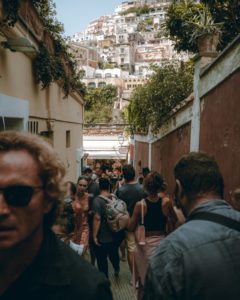
As a visually-based tool, social media changed the tourism industry, but did so in some negative ways too. It can be difficult for brands to compete in this space, so they may be tempted to edit out distractions and enhance photos to make them more clickable. Market emphasis on getting the “perfect shot” lessens brand authenticity, leading to disappointed travelers, negative reviews, a poor reputation, and, ultimately, a decrease in visitation.
On the flip side, viral trends and fad destinations can lead to over-tourism. When the number of visitors exceeds the capacity of a destination, tourism is no longer beneficial to local communities. For instance, while there are countless Italian beach towns, Positano went viral as the Italian beach town. Subsequently, Positano saw an influx of visitors who posted the place on their socials, further increasing the town’s online presence and visitation. This cycle has led Positano to be crowded with tourists whose focus is on getting a great picture, rather than on participating in local economic or cultural activities. These unsustainable results make it necessary for destinations to create parameters for successful marketing that go beyond sheer numbers.
Using social media for sustainable destination marketing
Sustainable tourism prioritizes the authenticity and longevity of economies, cultures, and environments in touristic destinations. Destinations can promote sustainable tourism with social media by prioritizing authentic over viral content. Responsible branding involves thoughtful storytelling such that local customs and cultures are part of the tourist drive. Strategic planners can also limit overtourism by choosing the right social platforms and influencers to target specific age groups and types of travelers. The consultants at Solimar International are experienced in navigating the complexities of social media for sustainable destination marketing all around the world.
Digital marketing on Atauro Island
In 2018, Solimar began working under the USAID “Tourism for All” project to develop sustainable tourism in the island nation of Timor-Leste. Solimar worked closely with communities on Ataúro Island–the island with the most biodiverse waters in the world–to develop a Destination Management Organization called ATKOMA.
To promote the new Ataúro Island DMO website they created in October 2020, Solimar launched the “Adventures in Ataúro” social media contest, offering the winner a free trip to the island. The campaign reached more than 7,000 people across all of ATKOMA’s social platforms and directly resulted in more than 200 clicks on the new website. ATKOMA’s Facebook page also saw an increase of 75 followers, an exciting figure for a destination that previously had next to no online presence.
Solimar continues to support the marketing of Ataúro Island through the ATKOMA Facebook and Instagram pages. Between July 2022 and January 2022, increased and consistent posting in both English and the local language of Tetum led to a 96.29% increase in website users and a 75.2% increase in Facebook reach.
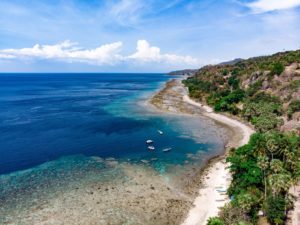
Influencer marketing for domestic tourism in Tunisia
Solimar has been supporting USAID’s Visit Tunisia project since 2021 by creating and implementing a national strategy to diversify Tunisia’s tourism sector. Throughout the summer of 2022, the project used influencer marketing to promote the National Tourism Office’s domestic tourism campaign, #Weekend_Tunisia.
Between April and June 2022, the campaign reached more than 2 million people on social media, leading the Instagram page to see a staggering 300% increase in followers. By July, the campaign had over 6 million views on social media, with featured businesses reporting an increase in bookings. At the end of the season, USAID posted two videos with Tunisian influencers that got more than 12 million views from the target audience in Tunisia.
So, yes, Social Media has changed the Tourism Industry. What does that mean?
Social media is a powerful tool for destinations to use. It must be used carefully to get the right amount and type of tourists to the right decisions. Through working as a sustainable tourism consultancy since 2001, Solimar International has seen how social media changed the tourism industry, and has a successful track record of strategically planning tourism for destinations in an ever-changing digital world.
